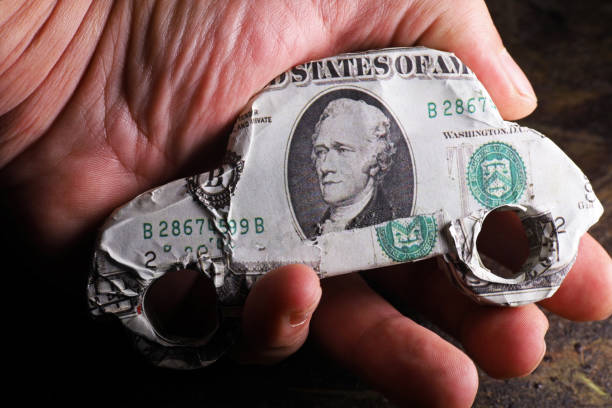When rumors hit the automotive grapevine a few weeks ago that a merger between Honda and Nissan was on the horizon, many laughed off the suggestion as mere talk; however, Japanese newspaper “Nikkei” is adding some credence to the rumors by stating that a memorandum of understanding is mere days away from being signed.
If such a deal were to make it to the ink-on-paper stage, it would most definitely include Mitzubishi because Nissan is the majority shareholder in that struggling automaker, holding 24% of the company.
According to CNBC, such a merger would create the world’s third largest single manufacturer, just behind Toyota and Volkswagen
Many automotive talking heads still downplay the idea; yet, for two companies that have, over the past decade, lost significant shares in the American market and the EV market getting evermore competitive, such a move could bolster Honda’s stature; more importantly, according to Car Coach Reports, could save Nissan from the chopping block.
Like many other auto behemoths, Honda and Nissan already have agreements in place where parts as well as research and development are shared. In a proposed merger, the companies could then move to create shared platforms as well as other components such as electronics.
One factor that seems to be missing from the automotive reporting is the effect that China has had now that the country is beginning to make its own massive footprint.
Chinese automakers have long been accused of blatant theft of intellectual property in making their cars more reliable and competitive; if that is the case, then the theft has worked out for them.
According to the Harvard Kennedy School, as the Chinese economy has modernized, the country enjoys the largest burgeoning automarket on the planet. More importantly, as consumer confidence in Chinese brands has increased, China’s share of the global market has surged to 30.19%, which is not bad for a country that was once seen as only turning out cheap Buick knock-offs.
Multiple sources claim that a final decision will come once the Trump administration takes over and shows its cards when it comes to EV policies in the United States. For the past four years, the Biden administration has pushed for the eventual abandonment of the gas burning engine, a policy that incoming Trump officials say will be slowed, if not reversed altogether.
If the automakers do commit to move forward, they might be keen to look at history as a guide of what not to do. The automotive history graveyard is full of examples of mergers that either went sour or were so lop-sided that both companies ended up losing in the deal.
The most recent example of a merger gone awry was that of Daimler-Chrysler. In that instance, it was thought that the merger was between two equals, however, that was never the case as the Mercedes brand was flying high while Chrysler was still trying to get mileage from the old K-Car platform.
The result was like breeding a great dane and standard poodle. What resulted was a breed that embodied the worst traits of its parents.
In that merger, it became clear from the beginning which brand was dominant and today, while Chrysler is still around, it only has one model in its lineup, a minivan.
Scott Hudson is the Senior Investigative Reporter and Editorial Page Editor for The Augusta Press. Reach him at scott@theaugustapress.com










